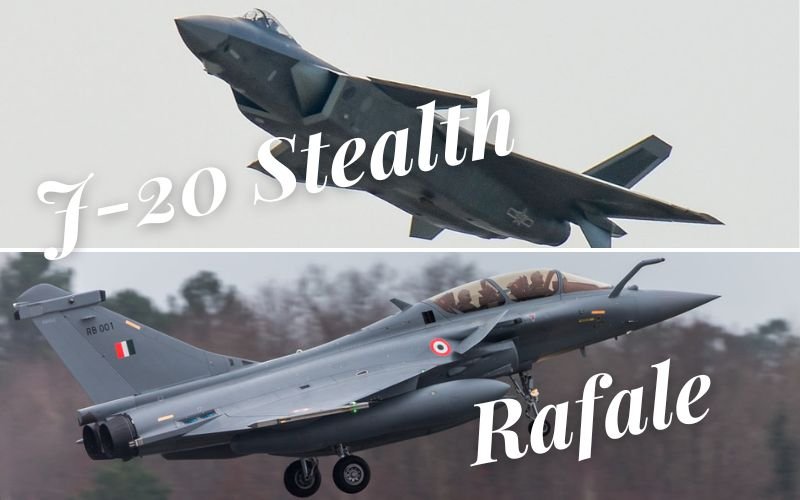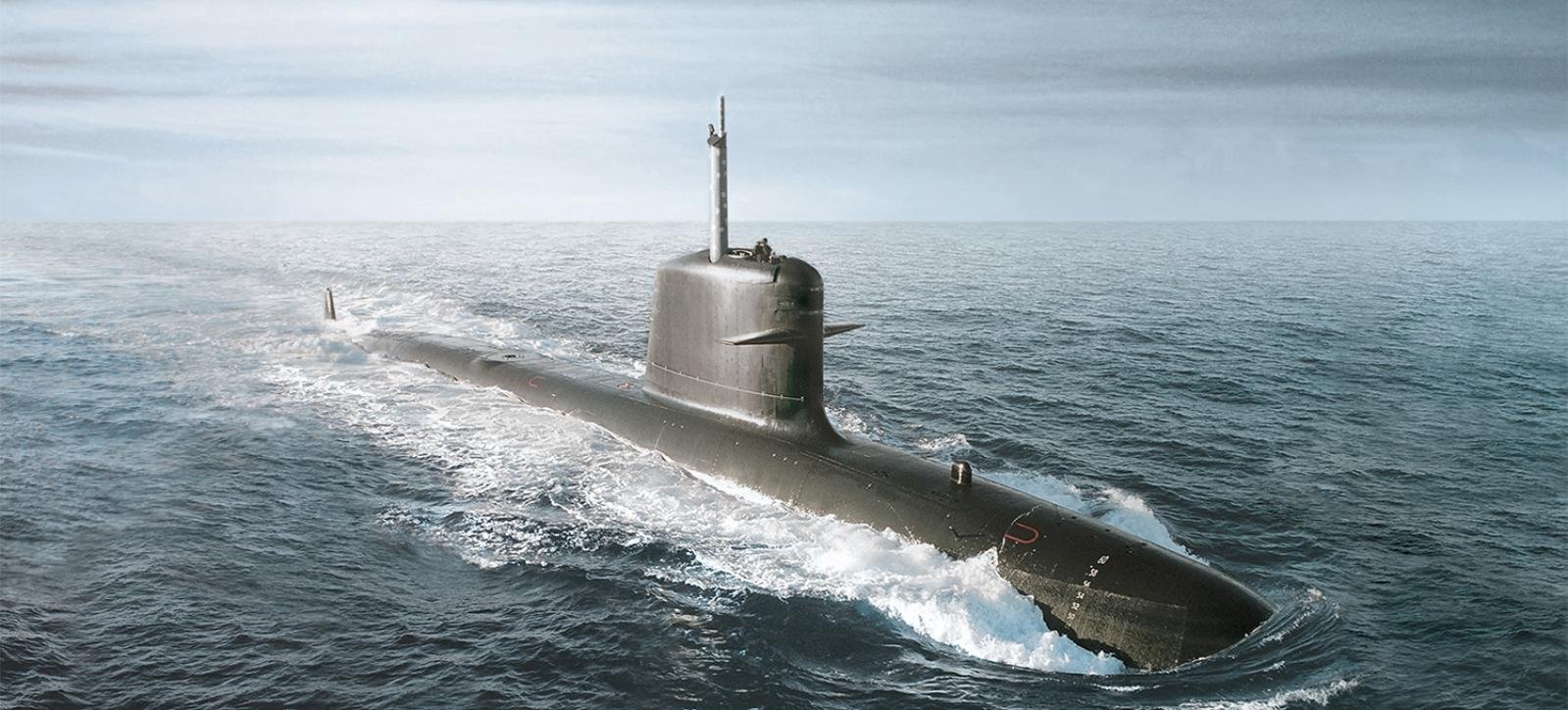
Indian Rafales shine brightly, outclassing the ‘overhyped’ J-20 Stealth jets.
China emerged as the second country globally and the first in Asia to deploy an operational stealth aircraft, the J-20. However, details about the aircraft remain shrouded in mystery, selectively released by the authoritarian government of a closed society.
While some analysts question the stealth capabilities, labeling it as likely a 4.5-generation aircraft, the J-20 has yet to engage in exercises abroad or experience combat exposure. In contrast, the Rafale, officially declared a 4.5-generation aircraft with frontal stealth, operates across multiple air forces and has participated in live combat in five different warzones.
Should tensions escalate between India and China, the J-20 and Rafale could potentially face off over the Himalayas, prompting the need for a clear-eyed analysis of their capabilities.
Designed as an air-superiority fighter with precision strike capability, the twin-engine J-20 features a blended fuselage with a chiseled nose section and double canards. It offers three variants: the initial production model J-20A, the thrust-vectoring J-20B, and the twin-seat teaming capable J-20S, the first-ever two-seat stealth fighter.
Equipped with diverterless supersonic inlet (DSI) intakes, stealth coating, and advanced avionics, the J-20 aims to support multi-role operations with integrated targeting pods and a modern glass cockpit. Its main internal weapon bay can accommodate long-range air-to-air missiles and precision-guided munitions.
Despite its advancements, questions and challenges persist regarding the J-20, with much of the information surrounding its capabilities viewed as propaganda or exaggerated. As such, a critical assessment is essential amidst its growing prominence on the global stage.
China has long touted the J-20 as a rival to America’s fifth-generation jets, the F-22 and F-35. However, the reality on the ground reveals that China expedited the platform’s production due to security concerns, with many systems still undergoing development.
Concerns have been raised regarding the aircraft’s stealth capabilities due to its sharp contours and large canard surfaces, potentially compromising stealthiness. Additionally, the J-20’s larger size contributes to a larger radar signature, further complicating its stealth features.
Stealth aircraft are known for their high costs and maintenance requirements, an issue even the West grapples with. Moreover, China faces accusations of stealing design data for American 5th-generation aircraft through cyber theft.
Developmental challenges persist with the WS-15 engine, with issues like turbine blade explosions and doubts about its capability to handle high temperatures and maneuverability. Chinese aircraft engines, mostly reverse-engineered from Russian models, struggle to conceal radar and infrared signatures effectively. The WS-15’s delayed schedule and concerns over reliability, longevity, and maintainability remain unresolved.
Questions surround the performance of the J-20’s AESA radar and electronic warfare suite, highlighting China’s lag behind the West in avionics technology. Consequently, the J-20’s classification as a fifth-generation fighter jet remains subject to interpretation.
The actual number of J-20s built and inducted is also under scrutiny, with suspicions of exaggerated figures and production rates. Despite claims by the PLAAF of inducting one brigade every six months and producing dozens of airframes annually without export orders, doubts persist about the feasibility of achieving such numbers.
While the West views the J-20 primarily as an anti-access/area denial (A2/AD) platform, China continues to promote it as an air-superiority fighter comparable to the F-35. Nevertheless, the United States remains undeterred, confident in its ongoing development of sixth-generation fighter technologies.



